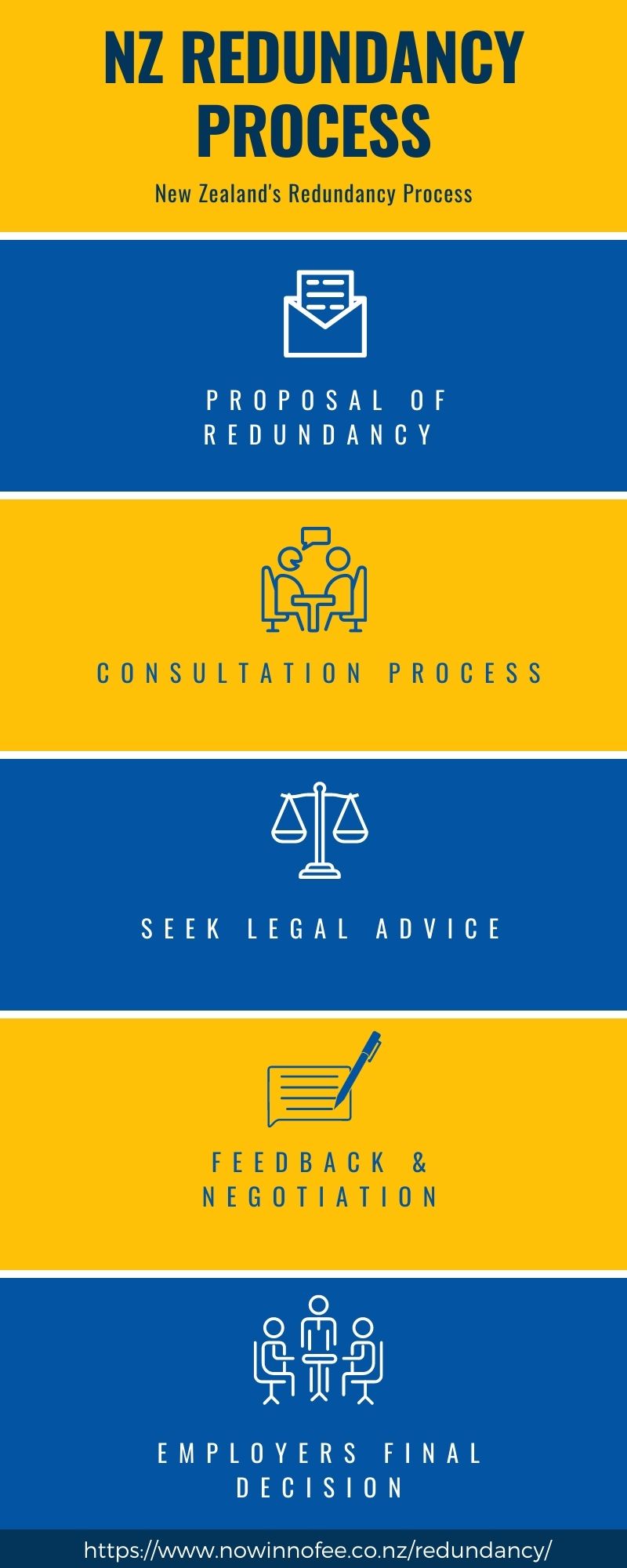Exploring the Operational Characteristics of Company Redundancy and Its Long-Term Sustainability

Redundancy Techniques for Service Continuity
In order to guarantee undisturbed procedures, businesses should apply reliable redundancy approaches for business connection. Redundancy in this context refers to the replication of critical parts or functions within a system to minimize the influence of potential failures. By incorporating redundancy approaches, organizations can improve their resilience against disruptions triggered by various aspects such as all-natural catastrophes, devices failures, or cyber-attacks.
One typical redundancy strategy is the application of backup systems and information storage space solutions. This includes producing matches of vital data and systems that can be turned on in instance of a primary system failure. In addition, companies can establish redundant interaction networks and power sources to maintain connectivity and procedures throughout unpredicted events.
In addition, cross-training employees to execute multiple roles within the company can function as an important redundancy approach. If key personnel are inaccessible due to illness or other reasons, this makes certain that essential jobs can still be brought out also. Generally, effective redundancy methods are necessary for companies to promote functional continuity and minimize the influence of possible disruptions.
Impact of Redundancy on Organizational Strength
Offered the crucial function redundancy techniques play in making sure company continuity, exploring the impact of redundancy on business durability becomes essential for understanding the alternative functional characteristics of a firm. Organizational resilience describes an entity's ability to adapt to interruptions, recover from obstacles, and transform when required while preserving core functions. Redundancy, when tactically implemented, can substantially add to boosting an organization's strength in the face of unexpected challenges. By having backup systems, employees, or processes in location, companies can much better hold up against shocks and continue procedures with minimal disruption.
Additionally, redundancy can foster innovation and creative thinking within an organization as employees really feel encouraged to take calculated dangers, knowing that there is a safety web to sustain index them in situation of failure. On the whole, the influence of redundancy on organizational resilience is extensive, forming the long-term sustainability and success of a firm.
Balancing Performance and Versatility in Redundancy
Attaining a harmonious stability between operational effectiveness and flexible flexibility is a crucial challenge in the tactical implementation of redundancy within companies. Also much adaptability without a solid operational foundation can result in inefficiencies and disparity.
To balance efficiency and flexibility in redundancy planning, organizations have to thoroughly examine their functional demands, market dynamics, and critical objectives. Implementing lean practices can enhance efficiency by removing and simplifying processes waste, while fostering a culture of adaptability and continual renovation can improve versatility. Furthermore, purchasing cross-training programs and durable communication networks can assist cultivate a versatile workforce with the ability of managing diverse tasks during durations of change. Ultimately, locating the appropriate stability in between efficiency and flexibility is important for developing a durable and sustainable company despite uncertainty.
Long-Term Sustainability Via Redundancy Planning
To ensure enduring viability and stability, companies have to strategically straighten their redundancy planning with long-lasting sustainability objectives, thus harmonizing functional performance with flexible flexibility. Long-lasting sustainability through redundancy planning entails more than simply short-term cost-cutting actions. It needs a detailed tactical strategy that anticipates future difficulties and opportunities. Business should check out redundancy not as a responsive service to instant problems yet as a proactive method for lasting success. By integrating redundancy preparation with sustainability objectives, organizations can produce a resistant framework that can endure numerous market changes and inner changes.

Proactive Steps for Sustainable Firm Operations
Just how can firms proactively improve their functional sustainability for lasting success? Carrying out proactive measures is essential for wikipedia reference business aiming to make certain lasting procedures.
Additionally, cultivating a society of continuous renovation and discovering within the organization can improve versatility to changing market conditions and consumer demands. Motivating staff member participation in decision-making processes and giving chances for expert growth can increase spirits, productivity, and total efficiency. Developing clear objectives, checking essential efficiency indications, and on a regular basis reviewing development are crucial components of proactive sustainability administration.
Teaming up with vendors, customers, and other stakeholders to promote lasting methods throughout the supply chain can produce a surge impact of favorable effect - redundancy pay if company goes bust. By taking positive steps towards functional sustainability, companies can develop resilience, drive innovation, and safeguard their lasting success in an ever-evolving service landscape
Verdict

In the world of business monitoring, the strategic implementation of business redundancy stands as a critical yet elaborate method that demands a fragile equilibrium between functional effectiveness and lasting practicality. By exploring the functional dynamics that underpin company redundancy and assessing its broader implications for organizational durability and flexibility, a nuanced understanding of just how redundancy approaches can form the future trajectory of a firm begins to unfold.Given the essential function redundancy strategies play in making sure business continuity, discovering the influence of redundancy on business durability comes to be critical for recognizing the holistic functional dynamics of a company. Overall, the impact of redundancy on business resilience is profound, shaping the long-lasting sustainability and success of a business.
In final thought, recognizing the functional characteristics of firm redundancy is important for making certain long-lasting sustainability.
Comments on “If a Company Goes Bust Who Pays Redundancy? Legal Insights for UK Personnel”